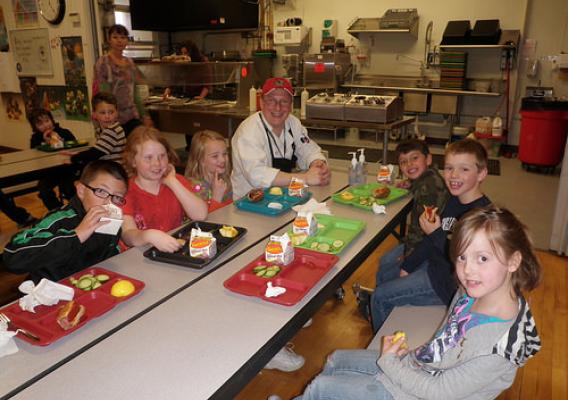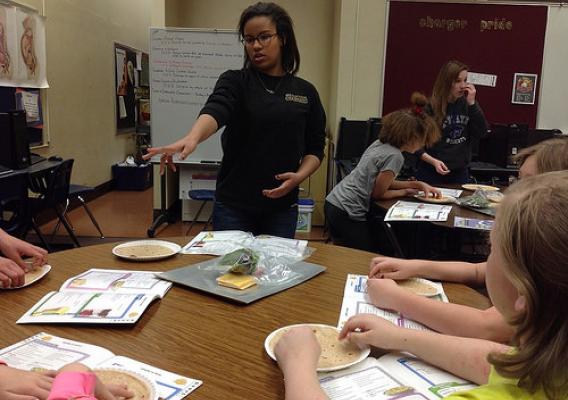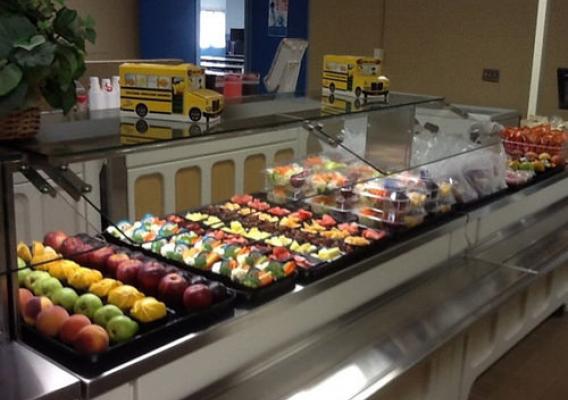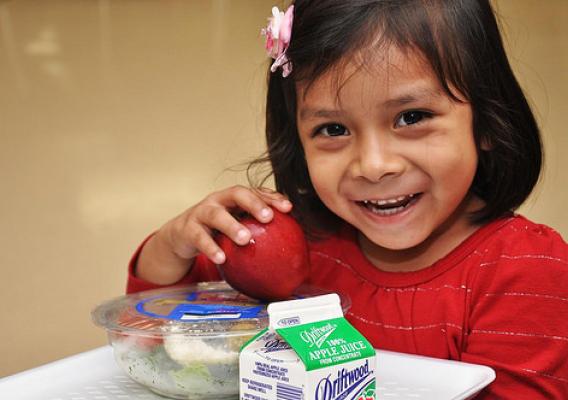The following guest blog showcases Montana Team Nutrition and their excellent work implementing their Recess Before Lunch (RBL) program. Through this initiative Montana students enjoy active play right before indulging a nutritious school lunch meal allowing them to return to class ready for academic success.
By: Katie Bark, RD, LN, SNS (Project Director Montana Team Nutrition, Montana State University), Christine Emerson, MS, RD, LN (State Director, School Nutrition Programs, Office of Public Instruction), and Molly Stenberg, RD, LN (Assistant Project Director, Montana Team Nutrition, Montana State University)
As USDA’s Team Nutrition celebrates its 20th anniversary, so does Montana Team Nutrition (MTTN)! Since 1995, MTTN has used funding from USDA to provide nutrition education and technical assistance to school districts across our state. Moreover, we’ve been innovators in our field, and one of our biggest accomplishments has been instituting a recess before lunch (RBL) culture in many of our schools.









